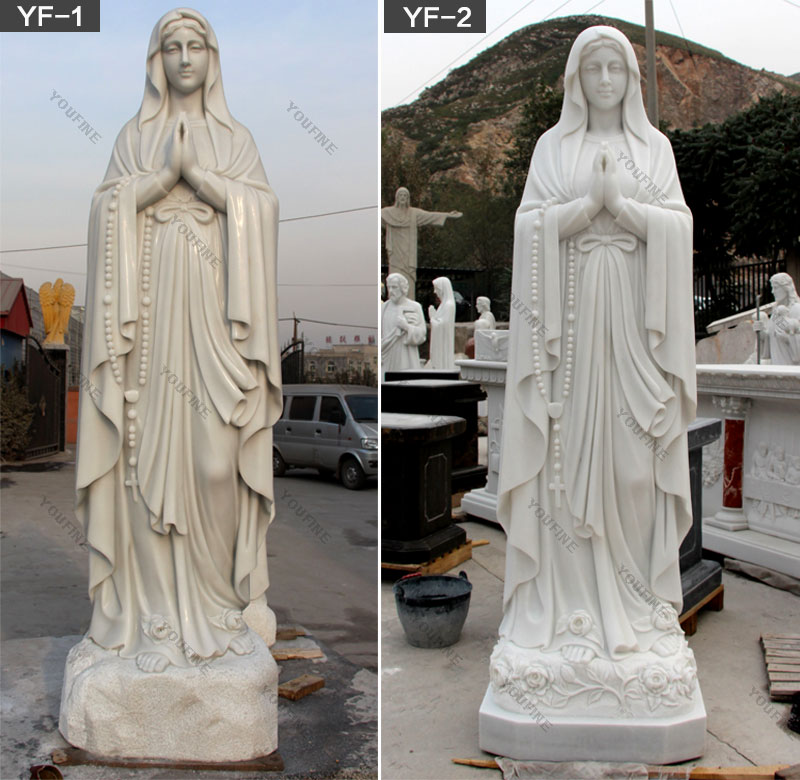Life Size Decoration white marble catholic statue mother of jesus designs for church
Gian Lorenzo Bernini – Wikipedia
Biography Early life. Bernini was born in Naples in 1598 to Angelica Galante and Mannerist sculptor Pietro Bernini, originally from Florence.He was the sixth of their thirteen children.
First Holy Communion – Catholic Gifts Canada
Everlasting Life Wallet Set – Boy A boy's First Holy Communion is one of the most important events in his life. This wallet set will make the day extra special!
Sculpture – Wikipedia
One of the most common purposes of sculpture is in some form of association with religion. Cult images are common in many cultures, though they are often not the colossal statues of deities which characterized ancient Greek art, like the Statue of Zeus at Olympia.
Church History – St Charles Parish
History of the Church. The following information was taken from the Church Centenary Booklet produced in 1996
Rome | History, Facts, & Points of Interest | Britannica.com
Rome: History and geography of Rome, the capital of Italy and one of the most important cities of the ancient world.
Public Auction Sale: June 2018 Auction – Allentown, PA
June 2018 Auction: All 5500+ lots are currently on display for inspection & bidding at our auction gallery at Merchants Square Mall, 1901 So. 12th Street, Allentown, PA 18103.
Sebastiano Ricci – Bruce and Bobbie's Home Page
Sebastiano Ricci was an Italian painter of the late Baroque School of Venice.About the same age as Piazzetta, and an elder contemporary of Tiepolo, he represents a late version of the vigorous and luminous Cortonesque Style of grand manner fresco painting.
Phoenician Religion — Pagan
Comprehensive studies on of everything Canaanite Phoenicians in Lebanon, Israel, Syria, world
The 50 Best Works Of Public Art In Greater Boston, Ranked …
This list, from The ARTery's Greg Cook, adopts a more expansive definition of art.
Western sculpture – Modern sculpture | Britannica.com
Western sculpture – Modern sculpture: The origins of modern art are traditionally traced to the mid-19th-century rejection of Academic tradition in subject matter and style by certain artists and critics.
We all know that St mary have different names in different countries and areas culture, and the design and postures of virgin mary is also different. There show you some of our classical designs of catholic outdoor statues of our lady virgin mary.
1.The most beautiful fatima statues portugal:
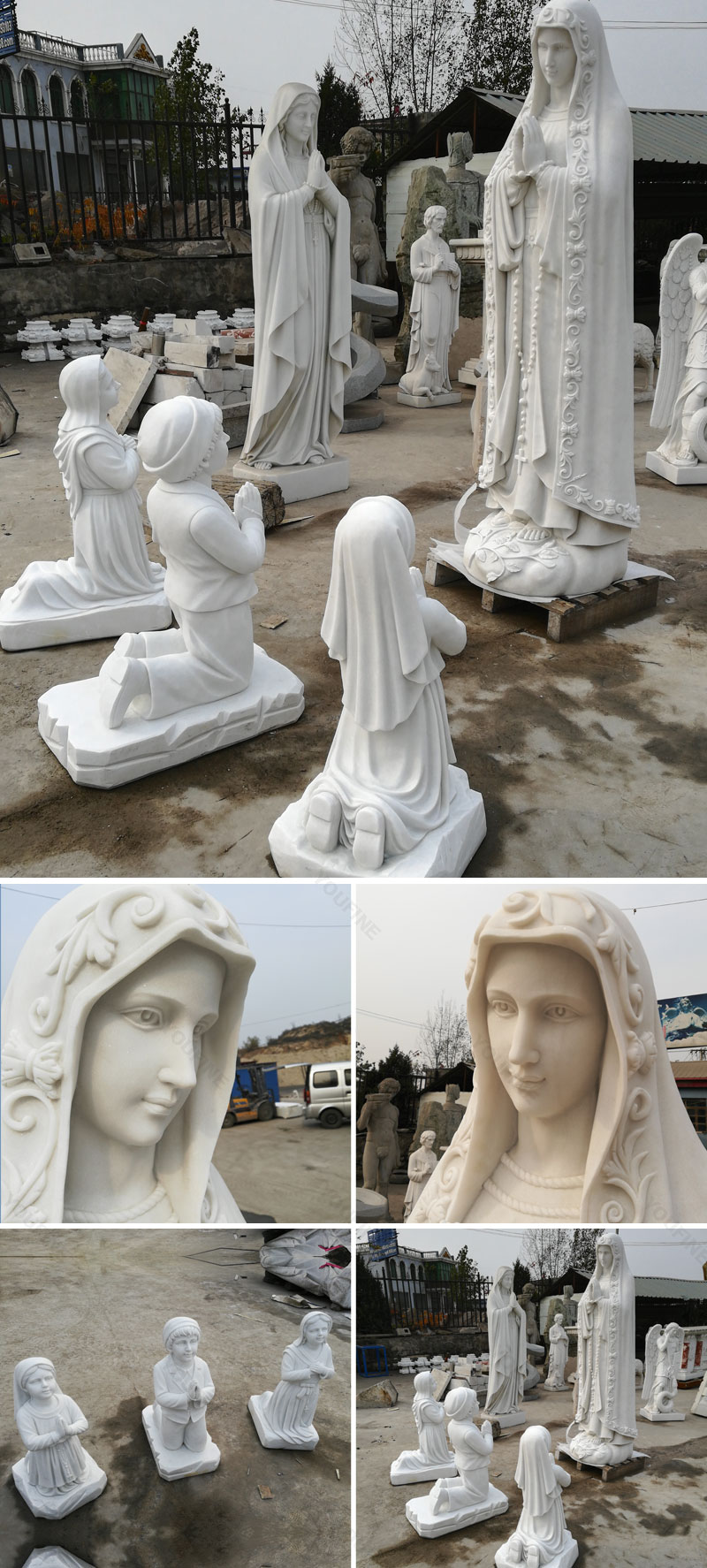
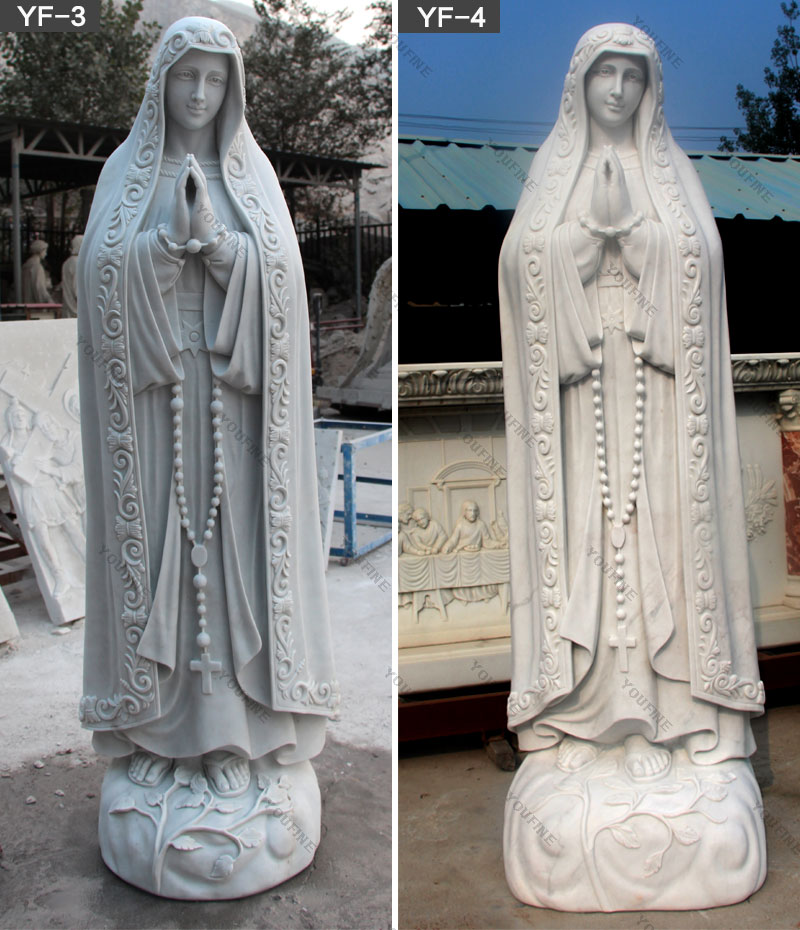
2 Our lady of Lourdes France:
3.Madonna and child Christ:
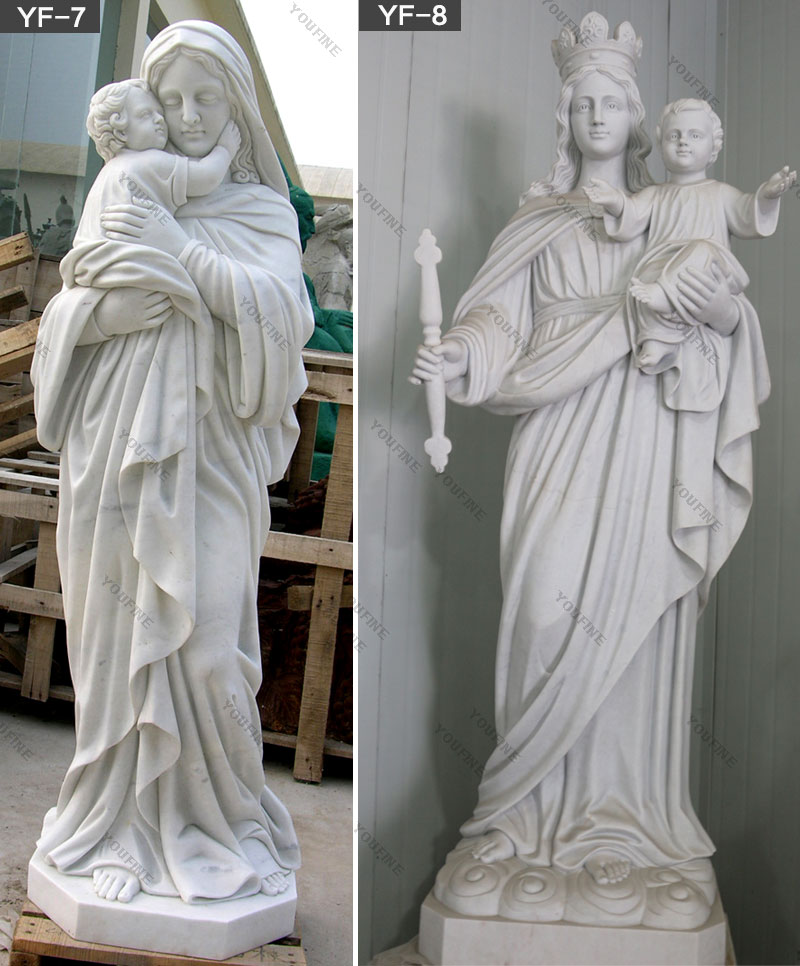
4. PietaMichelangelo(mother mary holding jesus on the lap)
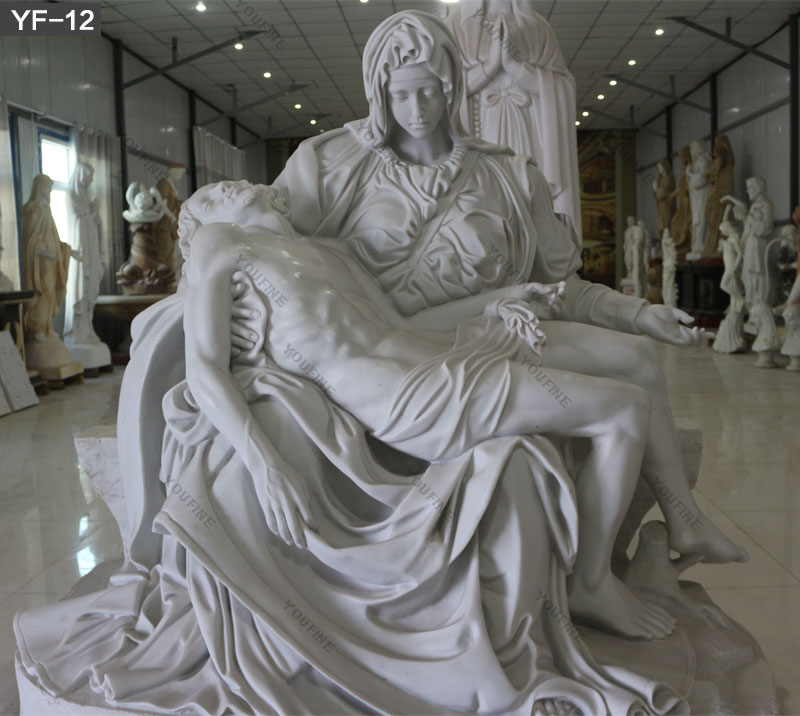
5. Other image designs of our lady of virgin mary:
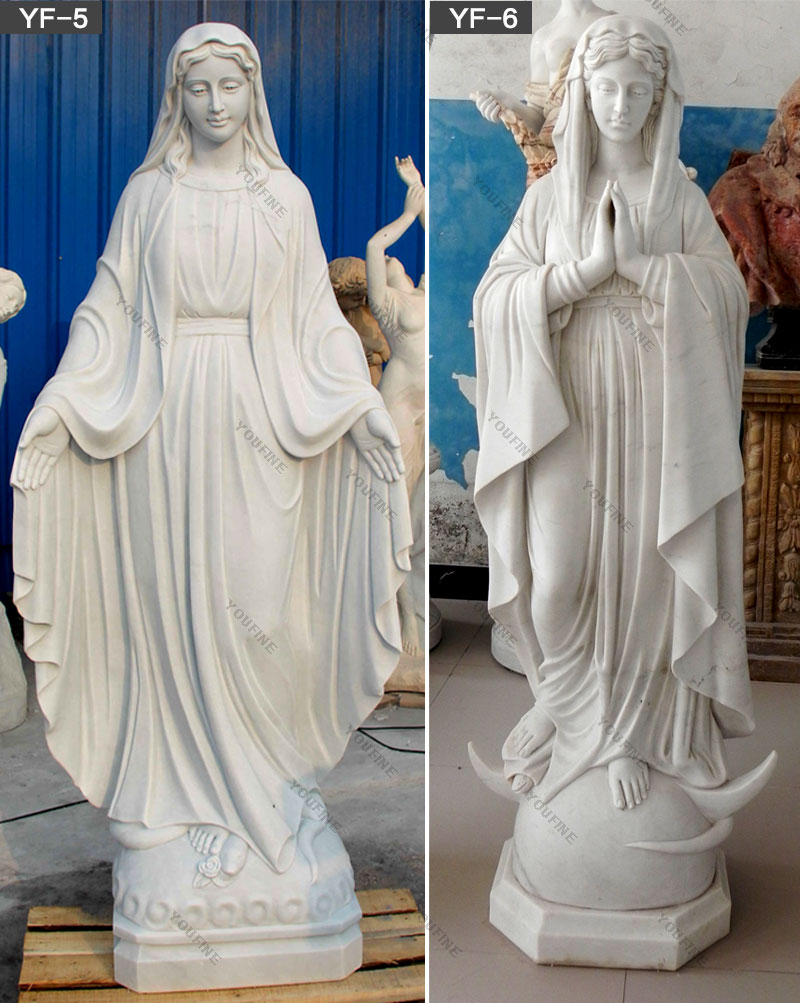 Blessed mother virgin mary and our lady of grace catholic statues designs
Blessed mother virgin mary and our lady of grace catholic statues designs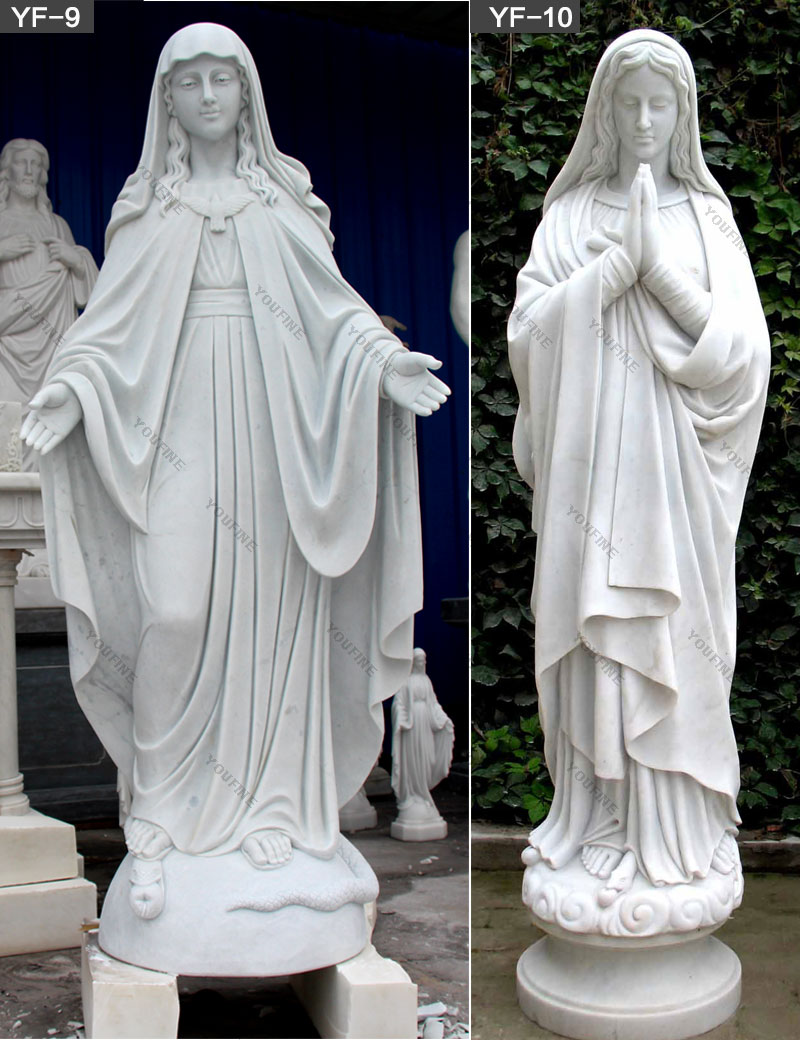 Other designs of our lady of virgin mary religious garden statues
Other designs of our lady of virgin mary religious garden statues
6.The process of customized Virgin Mary statue:
Step1: Confirm design,material, and dimensions.
Step2: Make 1:1 clay model, we would constantly show you the progress and update the clay mold in the base of your feedback until you are 100% satisfied.
Step3: Sculptor choose the suitable top natural stone material then to carve.
Step4:Grinding and polishing.
Step4:QC team inspection.
Step5:Packing and door to door deliver.
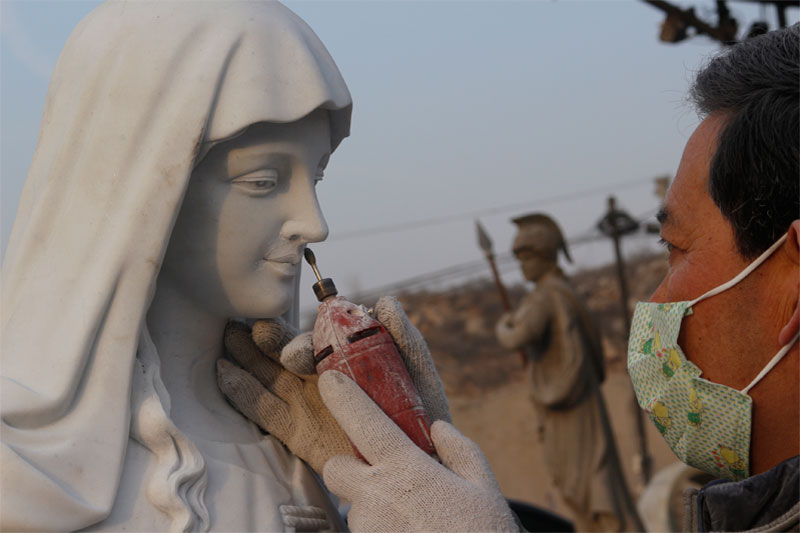
7.PACKAGE of Virgin Mary statue:
Inner: Soft plastic foam
Outer: Strong fumigated wooden cases

8.PAYMENT of Virgin Mary statue:
40% deposit prepaid and 60% balance before shipment (T/T, Credit Card, Western Union, Money gram, PayPal, even by Alibaba trade assurance is also available.)
9.SHIPPING of Virgin Mary statue:
By sea (Special for life size sculptures and large sculptures, can save lots of cost).
By air (Special for small sculptures or when you need the sculpture very urgently).
By express delivery DHL, TNT, UPS, FedEx .. (Door to Door delivery, about 5-9 days can reach).
10.After service guarantee of Virgin Mary statue:
Installation and maintain: every virgin mary sculptures attached the installation instruction, also welcome to consult to our sales at any time.
Money-back guarantee: All of our marble virgin mary statues are guaranteed by money-back guarantee For any reason you are dissatisfied with marble virgin mary statues or other sculptures from us, simply apply to refund within 30 days and we will very gladly refund your money
For these products, we offer customized design and size. Any design you like, just send the picture and your request to us, We will give you an estimate of how long it will take and how much it will cost. Payment is required in order to start the process of creating a marble sculpture.
Please feel free to contact us and our sales agents in China, Europe, and US will serve you whenever and wherever you need us.
Our goal is to achieve win-win cooperation and do our best to serve you.

